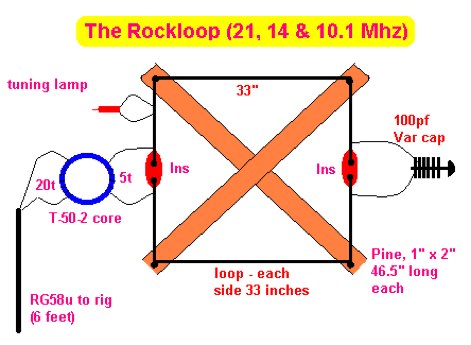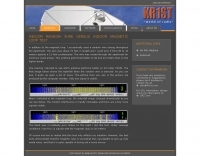One of the most common problems among new and old hams is related to space restrictions on antenna setups.
We are thinking particularly about hams who live in apartments in towns, but also about those who, even owning a backyard or a garden, they have neighbors who are concerned about tower installations, that may focus on possible RFI issues as part of their concerns and that decide to give up.
Indoor antennas can be a valid solution to keep operating Ham Radio, with many different solutions for the VHF UHF bands but even for the HF Bands.
Here below a selection of 7 ideas chosen among our Indoor Antenna links collection.
F6CYV
The page provides a project for an indoor wire antenna for the 7 MHz band, based on a design by F6CYV. It aims to help amateur radio operators lacking space to set up an antenna for 40 meters. The author shares their experience using the antenna inside an apartment, noting good reception of European signals and contacts with over 150 countries. The project details the materials and dimensions needed for the antenna, along with tips for optimal performance.
G3YCC
The RockLoop Antenna is a compact multiband portable and indoor antenna suitable for QRP operations on the 10, 14, and 21 MHz bands. The page provides detailed information on the design and usage of this antenna, making it a valuable resource for amateur radio operators looking to improve their setup. The intended audience is amateur radio operators interested in building and using antennas for QRP indoor operations.
W6HPH
A different approach can help you optimize attic-bound aerial by W6HPH
G8BTK
Indoor loop antenna for six meters band, project by Colen Harlow, G8BTK
Comparison of performance between an indoor random wire versus a magnetic loop using psk31
Arrl document about invisible antennas and indoor systems. It is important to consider that few compromise antennas are capable of delivering the performance one can expect from the full-size variety. But the patient and skillful operator can often do as well as some fellows who are equipped with high power and full-size antennas. The "cliff-dweller" may not be able to "bore a hole" in the band as often, and as easily, but DX can be worked successfully when band conditions are suitable.
An attic indoor antenna successfully implemented by N9RET by using two runs of 2-conductor wire

















